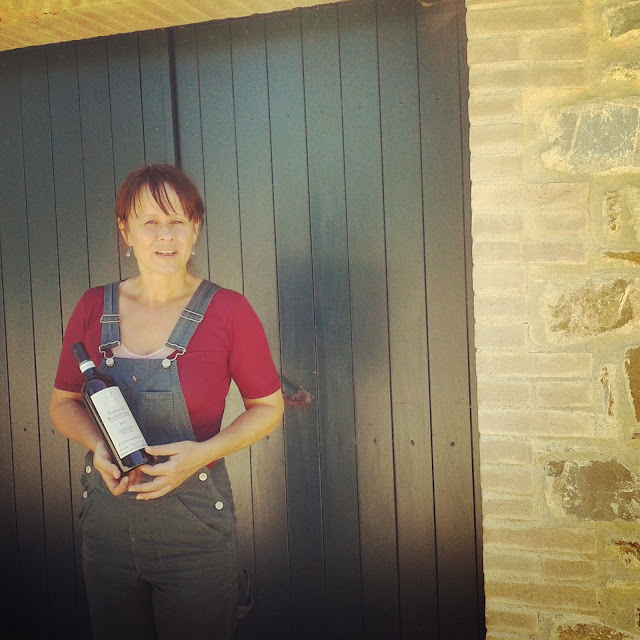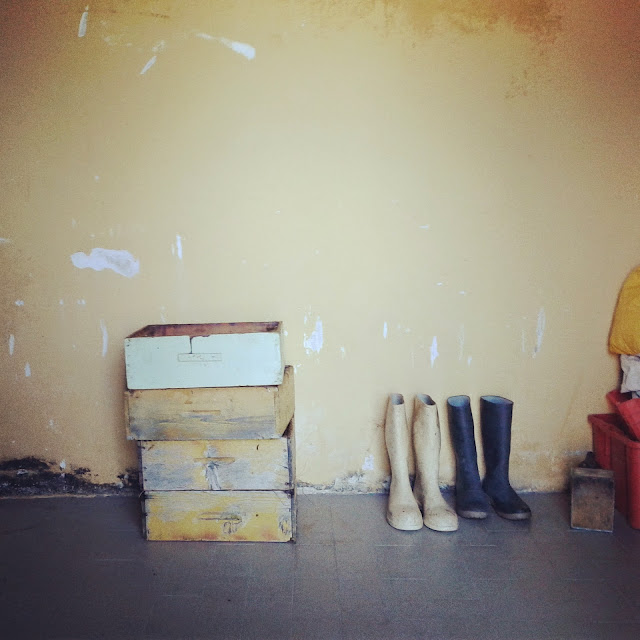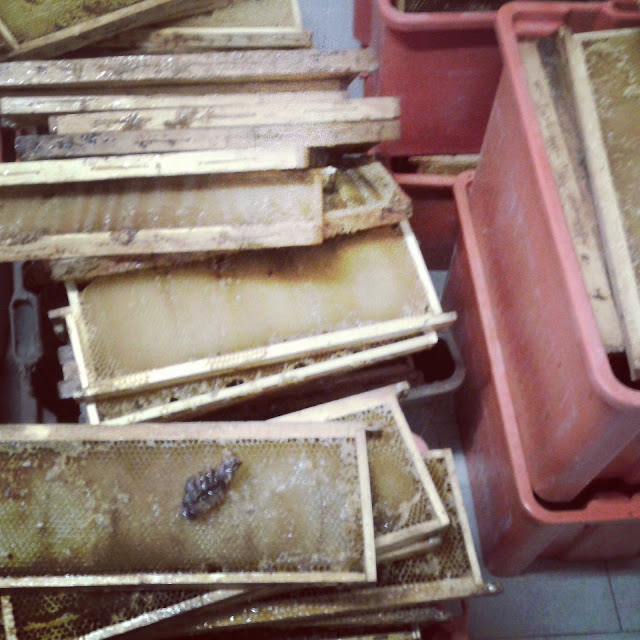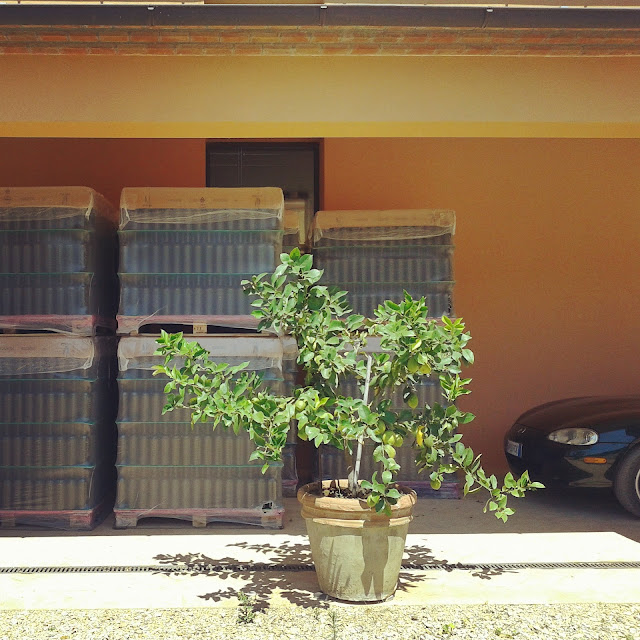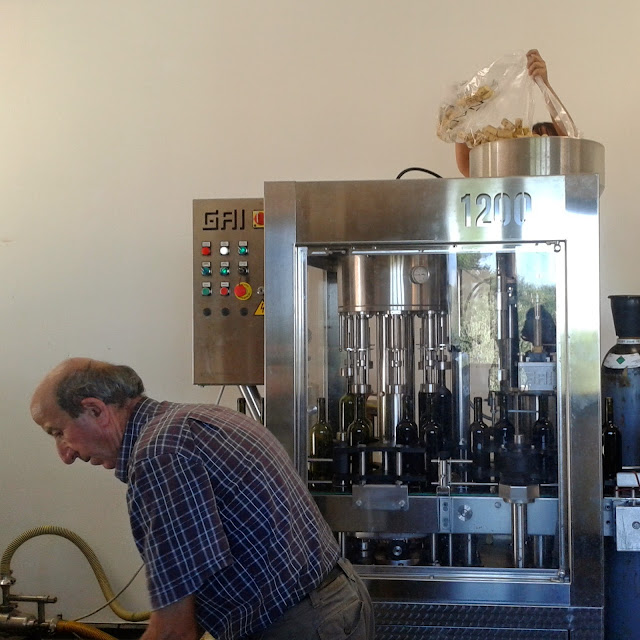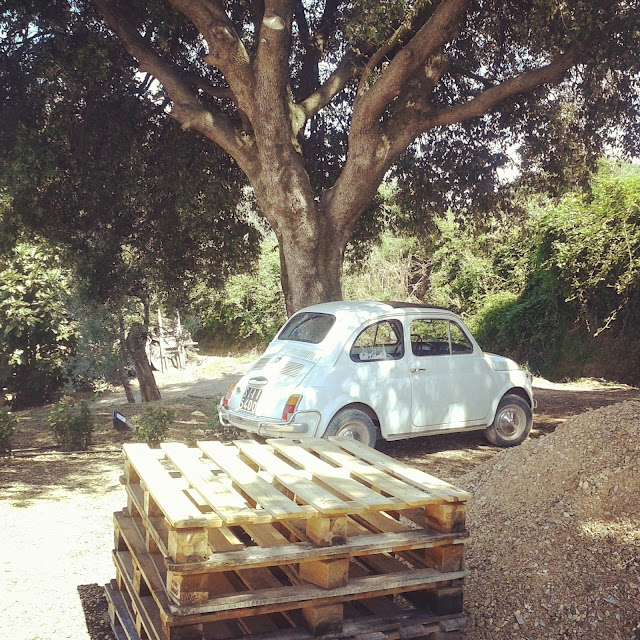
I am no friend of August in Italy. Too hot, too crowded. The last few summers may have been cooler and wetter than the norm, but whilst the weather has changed the tourists haven't. Half of the bel paese is on holiday in August, and those Italians who are not at the beach seem to love ticking off Brunello town from their must see list on sweltering hot summer days (Montalcino gets most of its day trip visitors during this time of the year).
If you insist in visiting Montalcino in August make sure your hotel or agriturismo owns a pool. You'll need it. Otherwise the last resort will be to cool down in one of the area's 250 wine cellars.
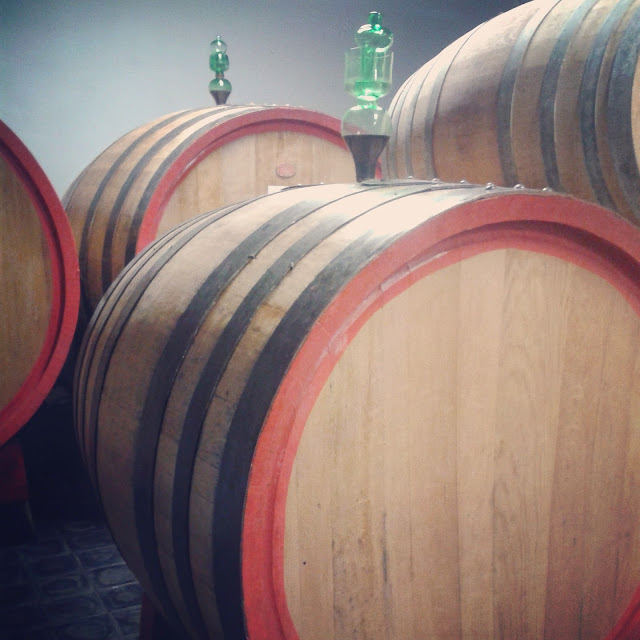
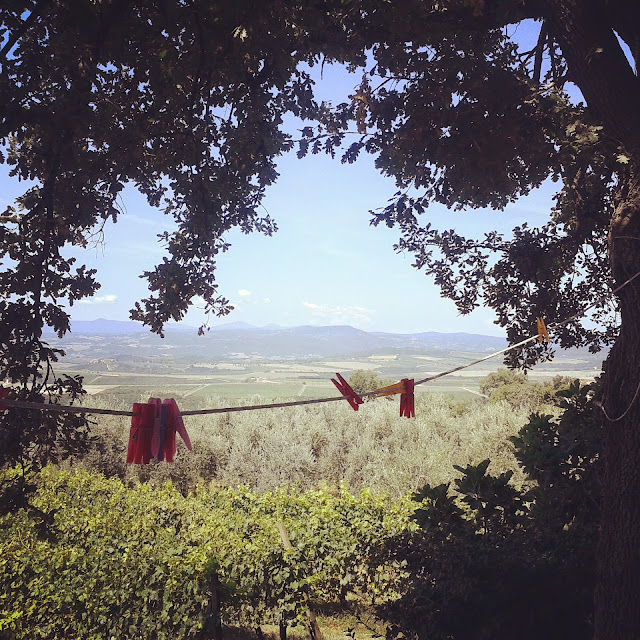
GOOD TO KNOW
There are better months than August to visit Montalcino. Especially if you come for the wine. With its high alcohol content Brunello tastes better when its a little cooler (or properly cold) outside, so summer may be the time to drink your way through the slightly lighter Rosso di Montalcino and the various blends of the Sant'Antimo Doc.
Or leave the wine alone and look out for Montalcino's different honeys instead, which are just incredible when freshly tasted right after making (at last there's one good reason to be here in August). One of my favorite Tuscan honeys is produced at the Collemattoni winery near Sant'Angelo in Colle. The organically run vineyard produces not 'just' Rosso and Brunello di Montalcino but its own honey and extra virgin olive oil too.
